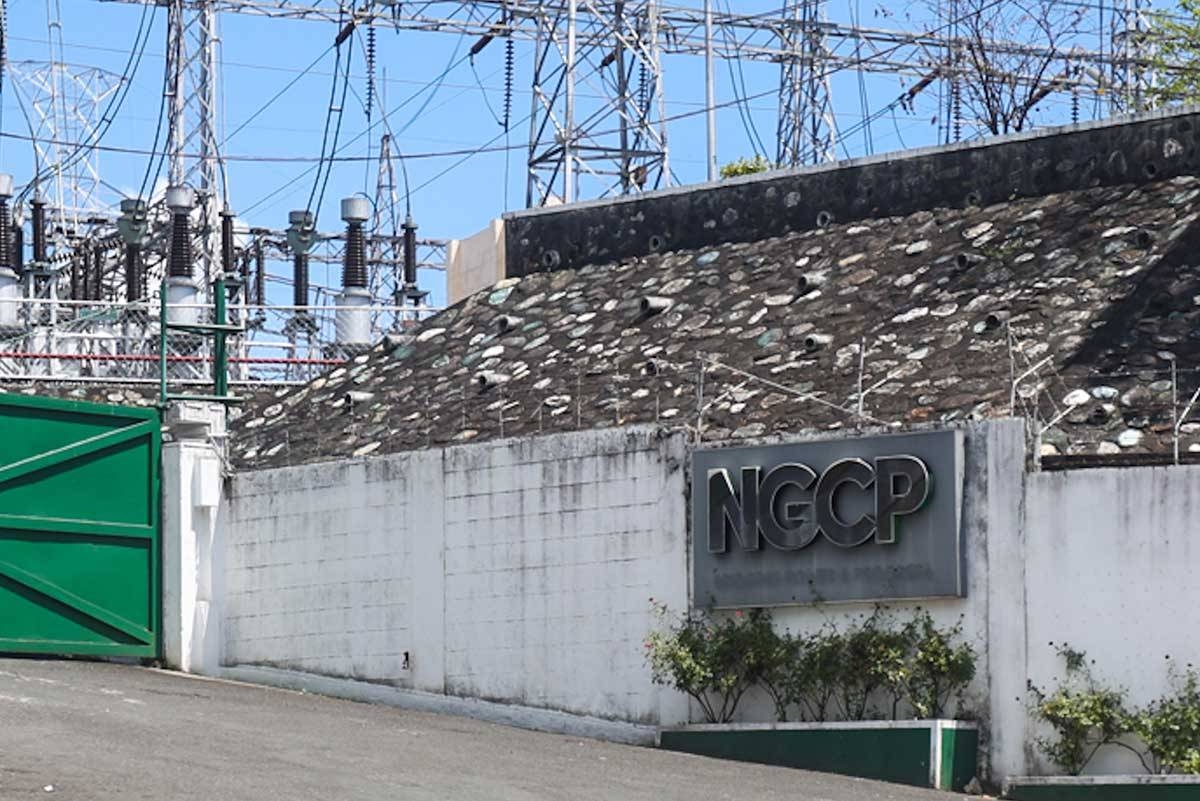NGCP turns on Cebu-Bohol line
TRANSMISSION operator National Grid Corp. of the Philippines (NGCP) on Tuesday said it energized the 230-kilovolt (kV) Cebu-Bohol Interconnection Project (CBIP), a new transmission facility that will address the growing power demand in the region. In a statement, the NGCP said the project would also provide operational flexibility to the Cebu transmission system. "The Cebu-Bohol Interconnection Project (CBIP) will play a crucial role in improving transmission services and grid stability in Central Visayas," the NGCP said. "It will also help improve the transmission highway in Cebu, the load center of Visayas, with a new line to transmit power in and out of the province." The project, which was energized in two phases on July 16 and Sept. 27, 2024, establishes a new transmission link between Cebu and Bohol with a capacity of 1,200 megawatts. This connection comprises 54.6 circuit-kilometers of submarine cables across the Bohol Strait and 97.6 circuit-kilometers of overhead lines connecting Argao in Cebu to Maribojoc in Bohol. The NGCP said the line would help provide N-1 contingency in the province in the event of an outage of the existing Leyte-Bohol line. N-1 contingency refers to the grid's ability to withstand a major system disturbance through redundancies in the system, thus mitigating any possibility of island isolation. "The CBIP is part of a long-term plan to provide a 230kV loop covering Leyte, Cebu, and Bohol. With its completion, the CBIP will now provide a new transmission corridor, thereby improving grid stability, security, and reliability for everyone's benefit," the NGCP said. The project was filed with the Energy Regulatory Commission in 2017 and subsequently refiled in 2019 to update the components and cost, but was given provisional approval only on Jan. 9, 2022 with a cost of P19.76 billion. "While there were some difficulties with permitting from local government units and several landowners in terms of right-of-way acquisition, the support and cooperation of national and local government agencies and stakeholders were vital to expediting the project's completion and energization, which in turn will help improve transmission services in the region," NGCP said.

TRANSMISSION operator National Grid Corp. of the Philippines (NGCP) on Tuesday said it energized the 230-kilovolt (kV) Cebu-Bohol Interconnection Project (CBIP), a new transmission facility that will address the growing power demand in the region.
In a statement, the NGCP said the project would also provide operational flexibility to the Cebu transmission system.
"The Cebu-Bohol Interconnection Project (CBIP) will play a crucial role in improving transmission services and grid stability in Central Visayas," the NGCP said. "It will also help improve the transmission highway in Cebu, the load center of Visayas, with a new line to transmit power in and out of the province."
The project, which was energized in two phases on July 16 and Sept. 27, 2024, establishes a new transmission link between Cebu and Bohol with a capacity of 1,200 megawatts.
This connection comprises 54.6 circuit-kilometers of submarine cables across the Bohol Strait and 97.6 circuit-kilometers of overhead lines connecting Argao in Cebu to Maribojoc in Bohol.
The NGCP said the line would help provide N-1 contingency in the province in the event of an outage of the existing Leyte-Bohol line.
N-1 contingency refers to the grid's ability to withstand a major system disturbance through redundancies in the system, thus mitigating any possibility of island isolation.
"The CBIP is part of a long-term plan to provide a 230kV loop covering Leyte, Cebu, and Bohol. With its completion, the CBIP will now provide a new transmission corridor, thereby improving grid stability, security, and reliability for everyone's benefit," the NGCP said.
The project was filed with the Energy Regulatory Commission in 2017 and subsequently refiled in 2019 to update the components and cost, but was given provisional approval only on Jan. 9, 2022 with a cost of P19.76 billion.
"While there were some difficulties with permitting from local government units and several landowners in terms of right-of-way acquisition, the support and cooperation of national and local government agencies and stakeholders were vital to expediting the project's completion and energization, which in turn will help improve transmission services in the region," NGCP said.
















